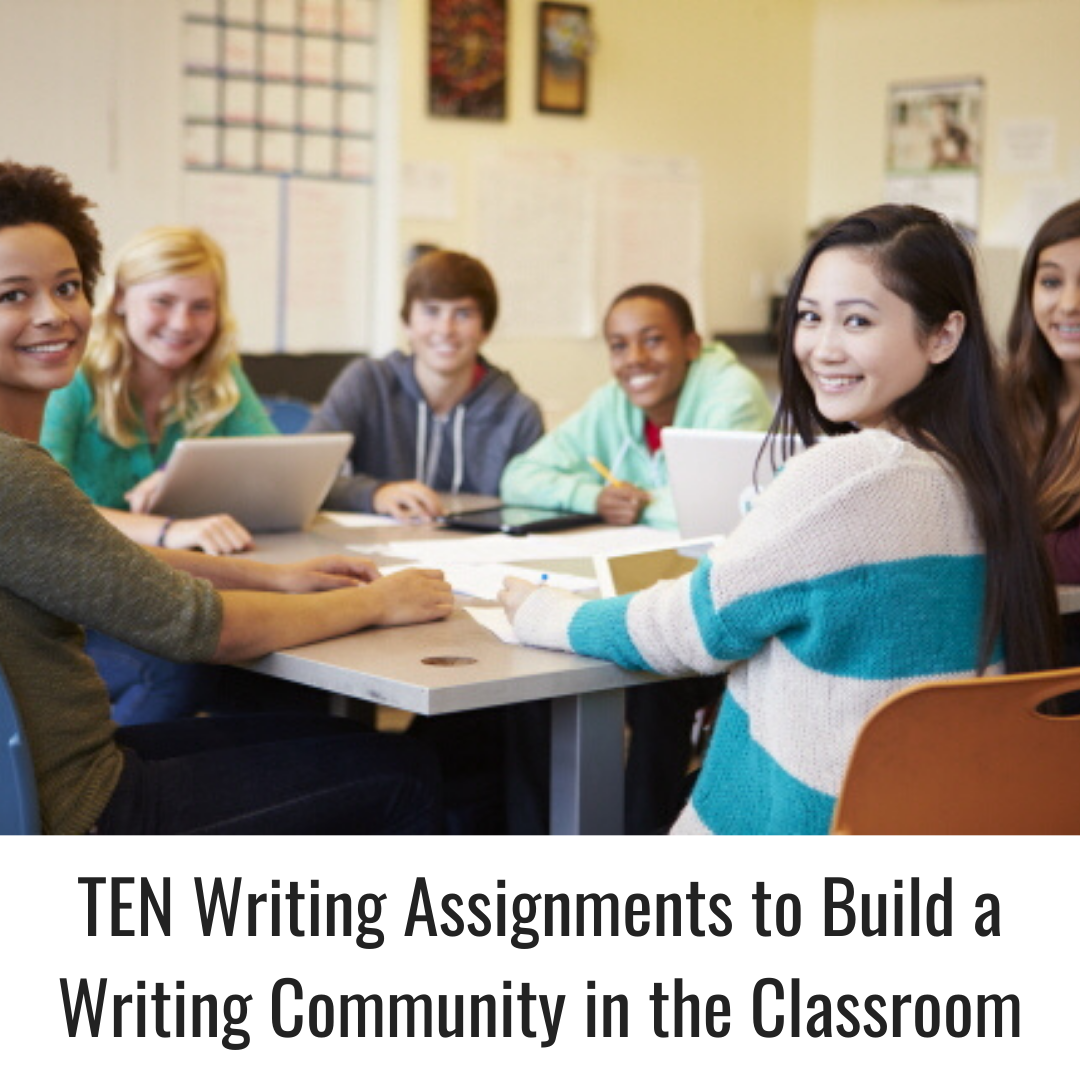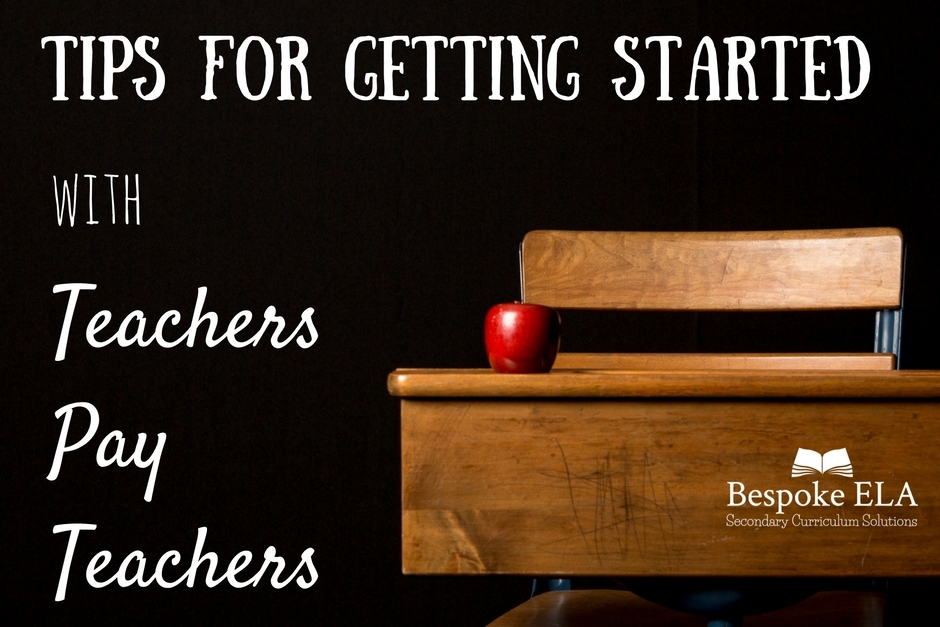Creative writing is the art of constructing original ideas by synthesizing literary elements and techniques to communicate an overarching theme about life. Oftentimes in our English classes, we spend more time on the deconstruction process, analyzing works of art by taking them apart.
The Essay Shaping Sheet: Friend or Foe?
Essay shaping sheets are essentially templates for writing that guide students through the writing process. A shaping sheet can be as small as a sentence template or as large as an entire paragraph or even essay. But are these tools helpful, or do they ultimately hinder student development? Well, the million-dollar answer to this question is… it depends.
The Most Important Essay for High School Seniors: The Personal Philosophy Statement
10 Songs for the END of the School Year to Inspire Reflection
Grading Essays: A Strategy that Reflects Writing as a Process
Writing is a process. It is recursive. No piece of writing is ever "final." Something can always be better. I often feel this way whenever I read back over my own old essays and inevitably find a sentence that could be better, a paragraph that could be stronger, or a word that could be more precise.
Poetry for Writing Workshop in Grades 6-12: 10+ Devices & Poems to Model Them ALL!
You may find yourself in agreement with Frost's famous quote when it comes to teaching poetry in the secondary classroom. However, love it or hate it, poetry can play a helpful role in teaching students how to write! Famous poems can serve as mentor texts for students and showcase key literary and rhetorical devices in action.
Beyond the Test: 10 Innovative Ways to Assess Secondary Students
A Philosophy for Assessing Writing: Aim for Improvement, not Perfection
20 Great Quotes to use as Mentor Sentences in Secondary ELA
The Writer's Notebook in Secondary ELA: Introduction & FREE Guide
Setting up & Assessing Book Club in Secondary ELA: FOUR FREE GUIDES FOR SUCCESS!
Book club is now considered to be one of the “best practices” in English Language Arts. Book clubs differ from traditional literary circles in that they are less teacher-directed. The students take on the responsibility of selecting their roles, making their assignments, keeping track of their reading, and much more.





















